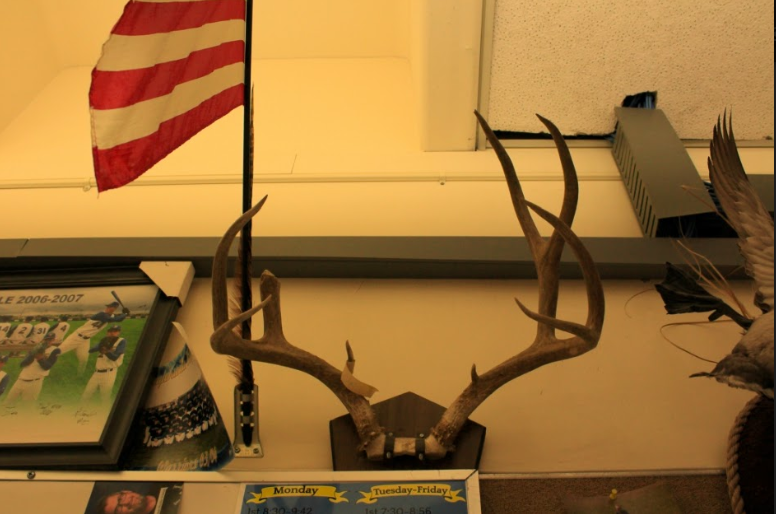Trump lifts the trophy ban
May 15, 2018
On March 1st, the Federal Fish and Wildlife Services announced that the US will allow hunters to import big-game trophies from Zimbabwe, Zambia, Tanzania, South Africa, Botswana, and Namibia.
Before, the agency would evaluate the import of trophies on a nation by nation basis. The nation had to prove that trophy hunting aided the conservation of the species, “by reinvesting the money into conservation, for example, and by supporting local communities,” according to the New York Times.
Now, permits for big-game hunters will be granted on a “case by case” basis. This new policy also nullifies an Obama-era administration ban on elephant trophies from Zimbabwe.
The very argument that trophy hunting can boost animal populations seems contradictory. However, those in support of the ban reversal state that the large sums hunters pay in order to hunt big game can be used to fund conservation efforts.
According to the New York Times, it costs hunters $65,000 to $140,000 to hunt lions in Zimbabwe. As Vox said, “That’s no small donation to conservation efforts.”
Namibia uses money generated by trophy hunting to create and maintain communal conservancies, and in Zimbabwe, hunting fees contribute to 20 percent of the Park’s Wildlife Management Authority’s funds, according to the New York Times.
These lucrative benefits also incentivize local populations to preserve the animal populations. Elephants destroy crops, lions eat livestock, and both can kill and have killed members of local communities. Because of this, some local communities are less likely to want to keep these animals alive unless benefits are apparent.
“If people see that elephants and lions no longer have value, they’ll kill all the animals and let their cattle use the land currently set aside for wildlife,” Dr. Muposhi said in an article for the New York Times.
But in other areas, trophy hunting has had less than beneficial results.
In Tanzania, the lion population decreased by two-thirds from 1994 and 2014, according to Vox. This all occurred with a trophy hunting program in place.
Part of the problem stems from widespread corruption and mismanagement in such trophy hunting programs.
An article for National Geographic reported that the Green Mile hunting company in Tanzania “violated a host of laws by, among other things, firing automatic weapons, hunting female and young animals, and allowing a minor to hunt.”
The same article said, “When coffers run low and funds are needed, [critics say], hunting quotas get raised without regard for the animals’ population numbers. And in those hunting areas where funds aren’t reinvested, there’s no wildlife left to hunt.”
Those who oppose trophy hunting also cite the ethical ramifications of such a sport. They fear that hunters undermine the dignity of the animals they hunt, and that not enough respect is given to these creatures.
Trophy hunting can also involve baiting, hounding, trapping, and captive hunts. These methods include “setting traps or snares that hold trophy animals until shot,” and hunting captive-bred animals in enclosed spaces, all of which violate fair-chase hunting, according to the Humane Society of the United States.
There is no clear consensus on whether trophy hunting helps or harms conservation efforts. At most, the outcomes resulting from trophy hunting will continue to vary.





